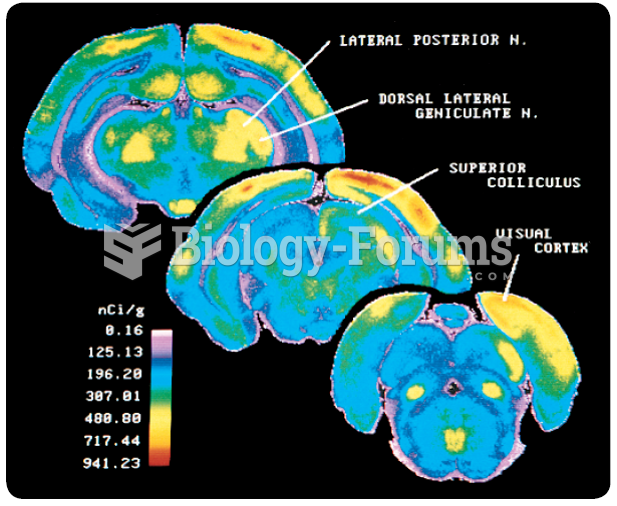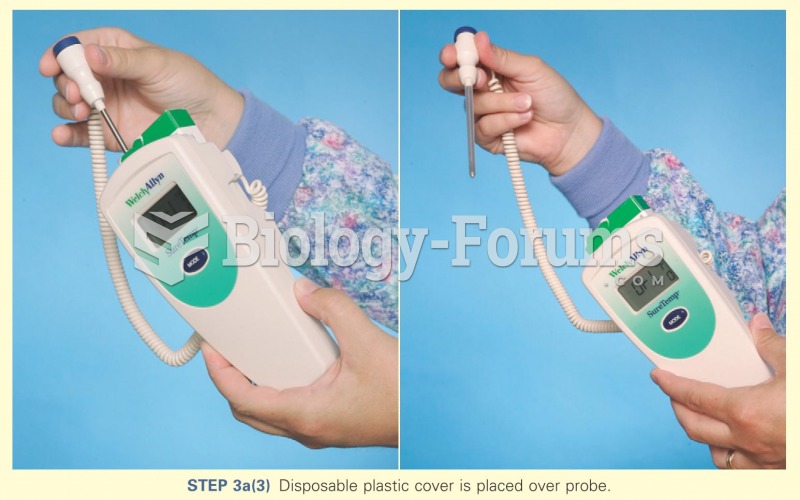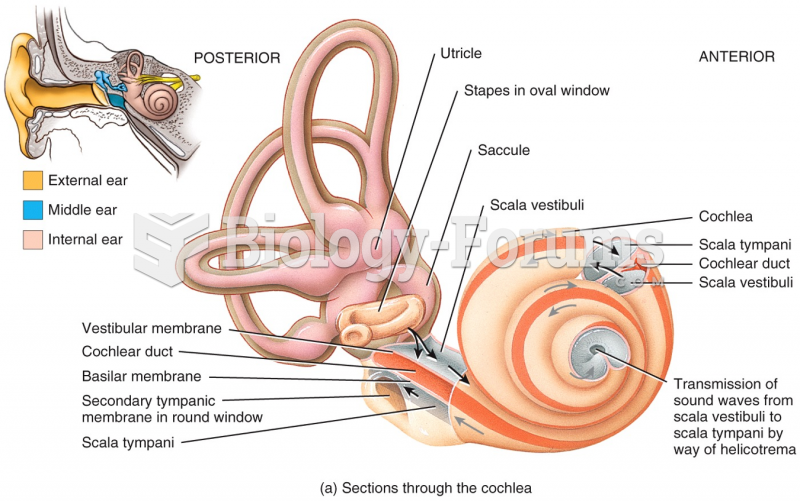|
|
|
Cocaine was isolated in 1860 and first used as a local anesthetic in 1884. Its first clinical use was by Sigmund Freud to wean a patient from morphine addiction. The fictional character Sherlock Holmes was supposed to be addicted to cocaine by injection.
To prove that stomach ulcers were caused by bacteria and not by stress, a researcher consumed an entire laboratory beaker full of bacterial culture. After this, he did indeed develop stomach ulcers, and won the Nobel Prize for his discovery.
Giardia is one of the most common intestinal parasites worldwide, and infects up to 20% of the world population, mostly in poorer countries with inadequate sanitation. Infections are most common in children, though chronic Giardia is more common in adults.
You should not take more than 1,000 mg of vitamin E per day. Doses above this amount increase the risk of bleeding problems that can lead to a stroke.
Critical care patients are twice as likely to receive the wrong medication. Of these errors, 20% are life-threatening, and 42% require additional life-sustaining treatments.
 This cover of Life (1925) offered a stereotypical rendering of the new generation: a young couple ..
This cover of Life (1925) offered a stereotypical rendering of the new generation: a young couple ..
 A PCV valve shown in a cutaway valve cover showing the baffles that prevent liquid oil from being ...
A PCV valve shown in a cutaway valve cover showing the baffles that prevent liquid oil from being ...
 The 2-deoxyglucose technique. The accumulation of radioactivity is shown in three frontal sections ...
The 2-deoxyglucose technique. The accumulation of radioactivity is shown in three frontal sections ...




